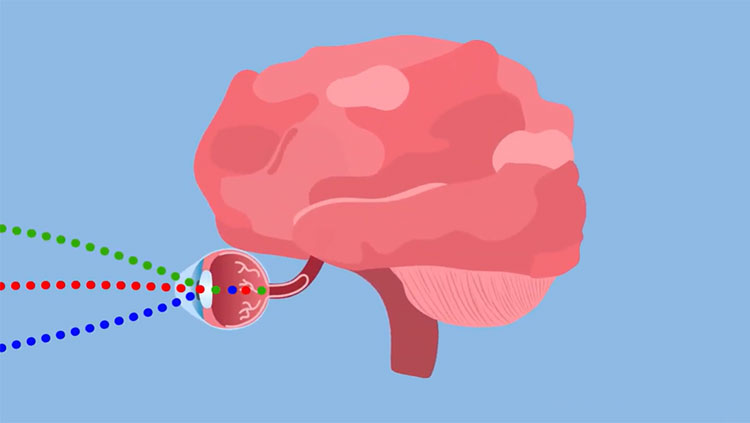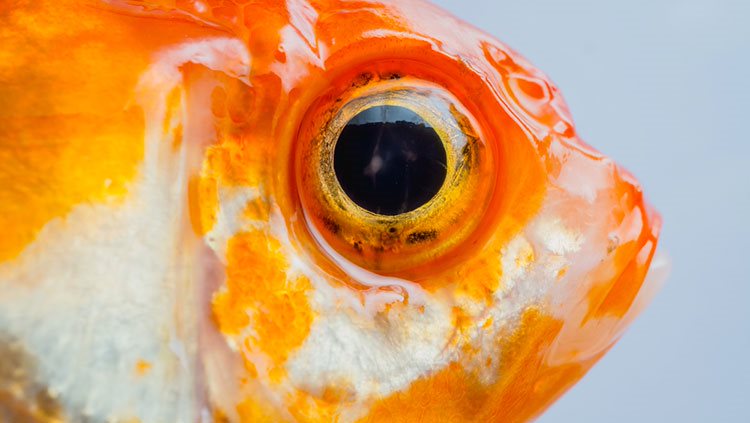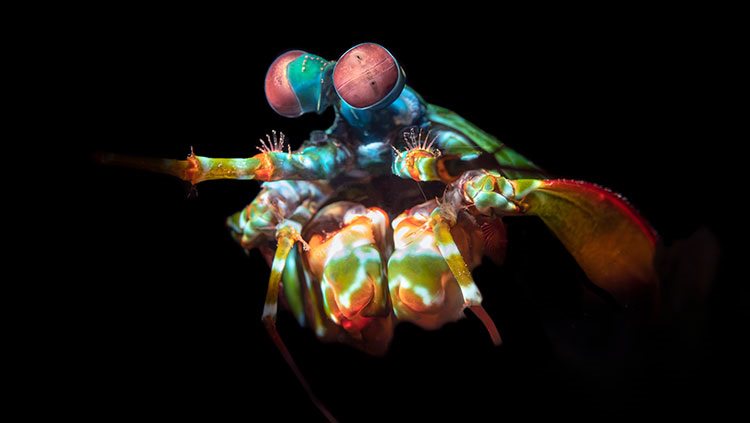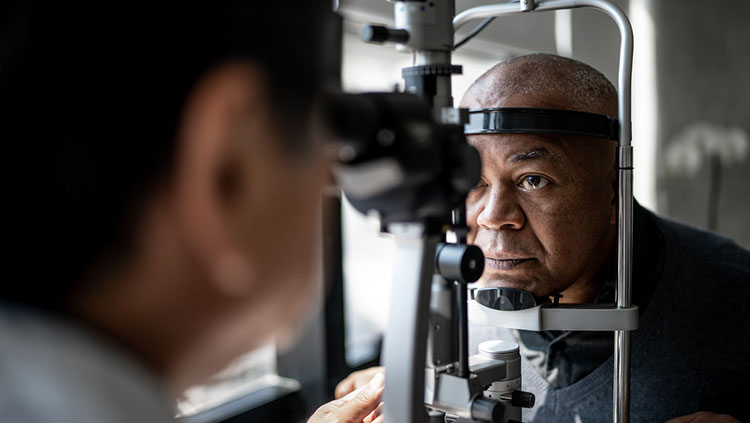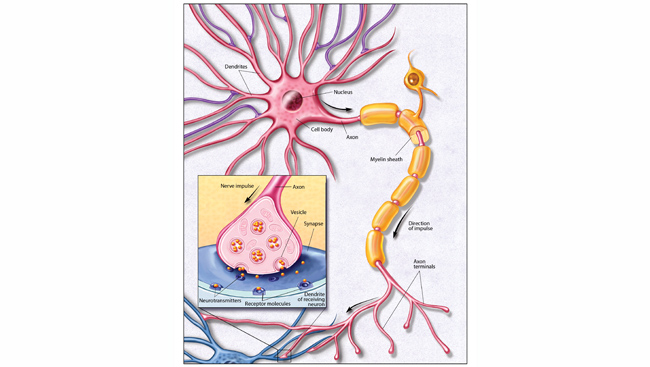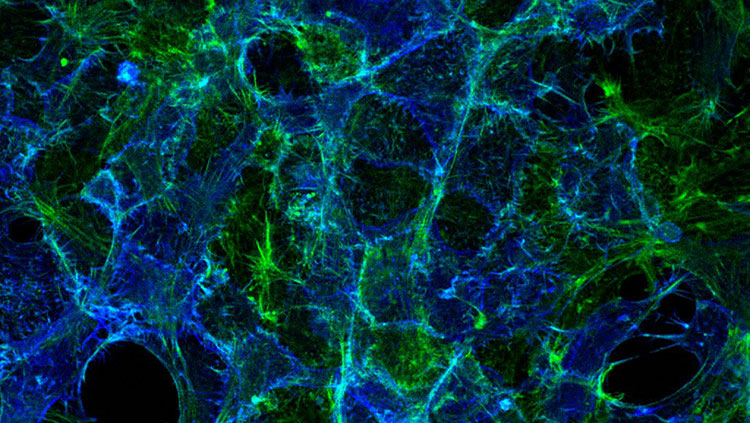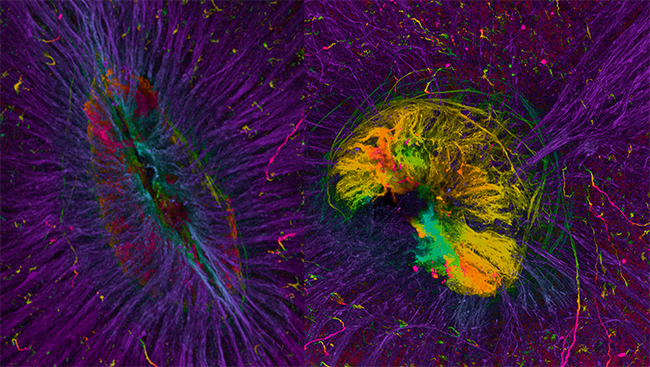
A Visual Arrangement
During development, cells in the retina converge to form the nerve that will transmit visual information to the brain.
Marcos, et al. The Journal of Neuroscience, 2015.

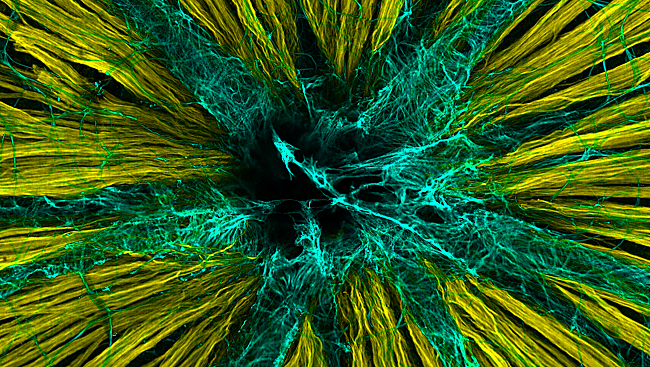
Journey Through the Retina
Signals from the retina must make their way through the eye to the brain.
Ward, et al. The Journal of Neuroscience, 2014.

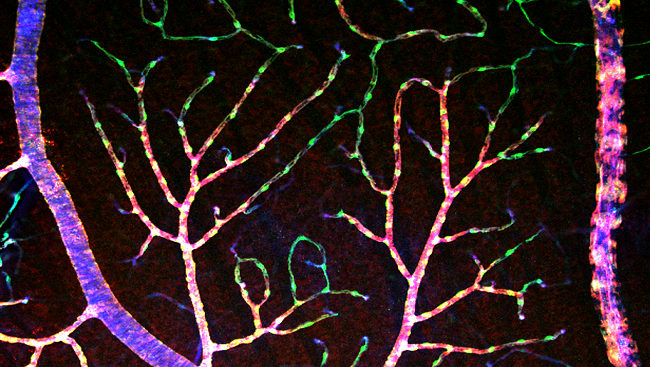
Feeding the Sense of Sight
When the retina needs a boost, its cells signal to local blood vessels to open up, allowing them easy access to oxygen- and nutrient-rich blood.
Kornfield, et al. Journal of Neuroscience, 2014.

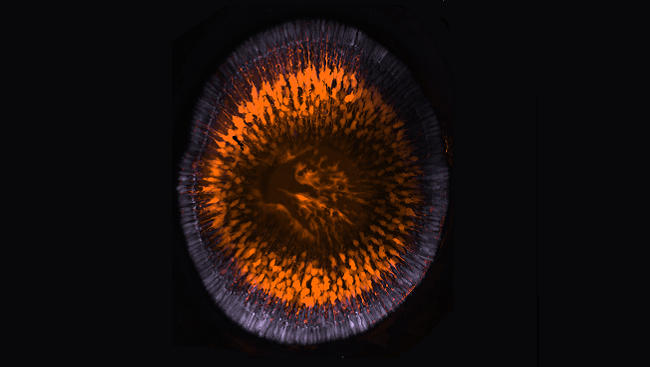
Beginning to See the Light
Cells responsible for vision may have a unique way of building connections.
Williams, et al. Journal of Neuroscience, 2010.

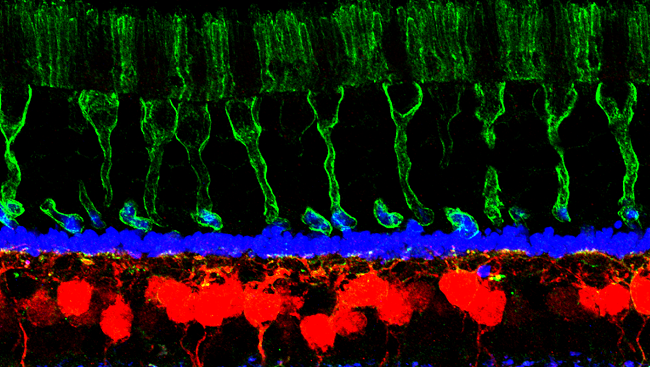
Sensing Movement
The primate retina passes information about rapid movement to the brain.
Puthussery, et al. The Journal of Neuroscience, 2013.

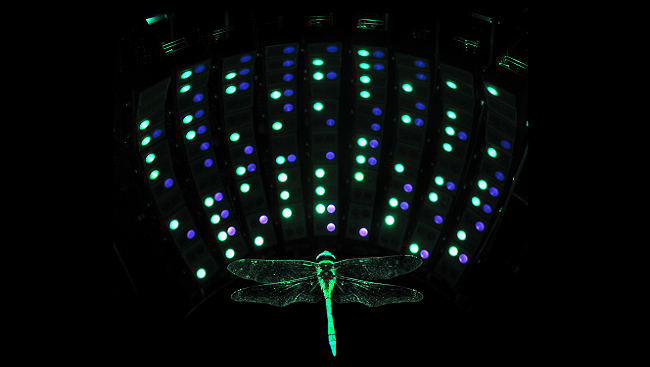
Dragonfly Eyes
Dragonflies hover smoothly in part thanks to information collected by their eyes. Knowing these insects' retinal circuitry helps scientists understand how neurons process spatial data.
Credit: Courtesy, with permission: Kleef, et al. The Journal of Neuroscience 2008.

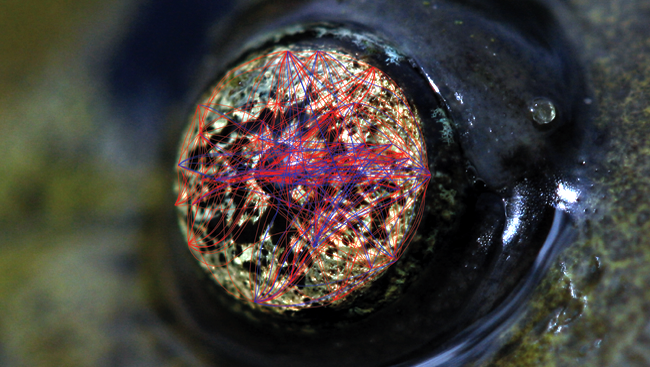
Eye of the Tiger (Salamander)
Vision requires teamwork. Nerve cells in the retina communicate with one another to create optimal messages to send to the brain.
Ganmor, et al. The Journal of Neuroscience, 2011.

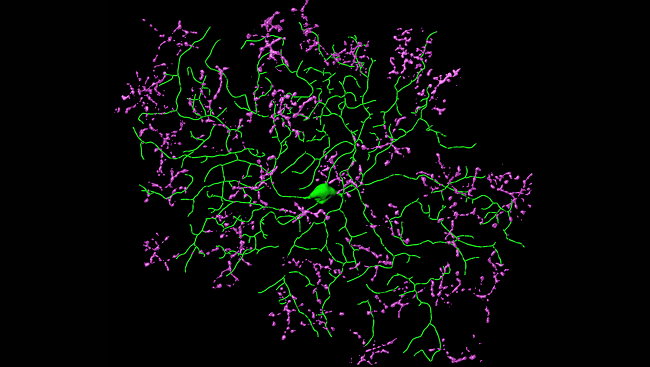
The Secret of Blindsight
Studying these cells may help explain how some sightless individuals can still detect motion around them.
Percival, et al. The Journal of Neuroscience, 2014.

Scientists have learned a lot about our sense of sight by studying the eyes of other animals. Scroll through some of our favorite images of animal eyes and learn more about the visual system.
Browse through the images and their descriptions. Click on the link in each caption to read the full articles.
Have a question about what you just read in our Roundup? Submit Your Question
About the Author
Michael W. Richardson
Michael W. Richardson is a writer and editor based in Brooklyn, New York, covering topics ranging from the brain and behavior to the environment.











